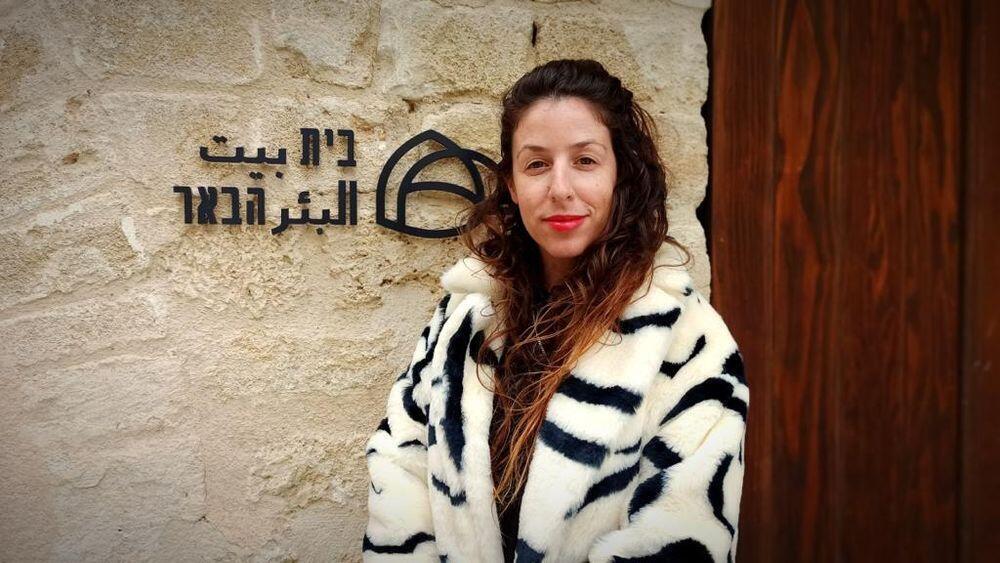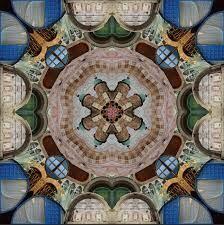In her new exhibition "The Hidden City,” Israeli artist Maya Smira reveals the unknown facets of Jaffa, an ancient port city in Israel.
She shows that in the southern and oldest part of Tel Aviv, no common thread is perceptible in the construction of the city. Every ruler destroyed what his predecessors had built, disrupting the urban layout, its monuments, and its centers of gravity.
An old city in perpetual reconstruction. It is this same process of dismantling and building that Samira has adopted in her exhibition, which is held at the Beit Habaer cultural center in Jaffa.
"I was immersed in art from an early age, I always had a camera in hand, to explore and capture the world,” Samira said. "The exhibition was born with the idea that the city of Jaffa is constantly renewing itself. It is home to many very different buildings that reflect cultural and human complexity, which is why I have chosen its architectural diversity as my main theme.”
“I am interested in the ways in which art and reality collide in different mediums, and then I study their relationships,” she said, referring to the ancient architecture of Jaffa.
She highlights the city's alleys with collected materials, reassembling buildings and arches in her art. "The photographic action simulates the architectural action and results in a special arrangement of the buildings of the city, ranging from realism to fantasy.”
“I try to create a tension between documentation and staging, offering a kaleidoscopic vision of urban culture. My goal is to reconstruct the mosaic of the city, using local aesthetics and folklore, through my cultural prism,” she explained.
The name of the exhibition refers to the book by the Italian writer Italo Calvino - 'The Invisible Cities' - which "deals with the formation, development, and decline of cities, and uses objects to tell their story,” said Samira.
Reflection
The exhibition offers the visitor a panel of unique photographs, videos, and digital installations that express Jaffa’s ambivalent essence through combinations of new and old.
A variety of textures and colors decorate familiar places and add a festive touch to urban aesthetics. The images multiply and recompose, producing authentic structures in a symmetrical and futuristic space.
I use the architecture of Jaffa as raw material, then I integrate my feelings and my own vision. One of the large walls is covered with dozens of photographs that form a tower. The visitor can also admire, on a pedestal, small framed photographs, and digital renderings as well as a large well, a little further,” Samira said.
"As I travel a lot, my work is influenced by the environment in which I find myself and by the changes that operate in society. In many of my works, I examine the relationship between man and nature, the body and the landscape, but also between myself and what surrounds me. The place allows me to evoke through art issues of the environment, society, and gender."
One of the main representations of the exhibition focuses on the element of the architectural arch, which is integrated in hundreds of buildings across the city, as well as in the complex of the Beit HaBaer cultural center itself. It symbolizes the aspiration to balance personal, social, and intercultural harmony.
The story was reprinted with the permission of i24NEWS.



